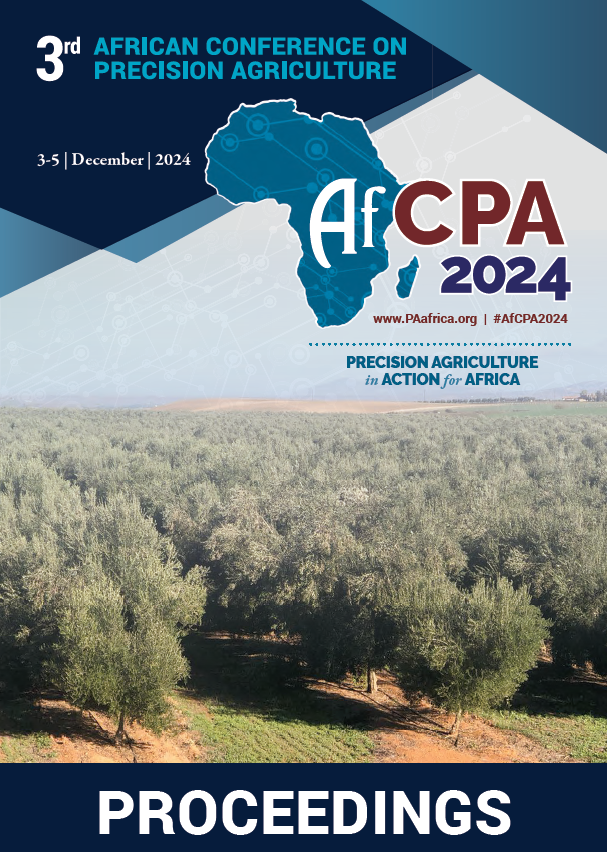Download the Conference Proceedings
Proceedings
Authors
| Filter results2 paper(s) found. |
|---|
1. Soil fertility mapping of Dry savannah zone of TogoIncreasing agricultural productivity and therefore the production requires a good knowledge of the soil fertility status and a sustainable nutrients management. The objective of this study is to map spatial distribution of some selected soil fertility parameters in the dry savannah agro-ecological zone that covers the regions of Savanes and Kara in Togo. Soil fertility parameters such as pH, available phosphorus (P), exchangeable potassium (K) and organic matter were determined in soil samples... K.K. Ganyo, K.A. Ablede , K. Koudjega, S. Ani, K. Afawoubo, D.A. Anoumou, A.T. Mensah, E. Assih-faram, M. Tchalla-kpondji, K. Kpemoua, Y. Lombo |
2. Les engrais minéraux issus du diagnostic sol améliorent la fertilité chimique et la production cacaoyère à l’Est, au Centre-Sud et au Sud-Ouest de la Côte d’IvoireUne étude sur la fertilisation minérale raisonnée a été faite sur trois ans, à l’Est (Indénié-Djuablin), au Centre-Sud (Lôh-Djiboua) et au Sud-Ouest (Nawa) de la Côte d’Ivoire afin, d’évaluer les effets de 6 formules d’engrais minéraux sur la fertilité du sol et la production cacaoyère. Ainsi, sur chaque site, le dispositif expérimental a été en bloc de Fisher,... A. Kotaix |
